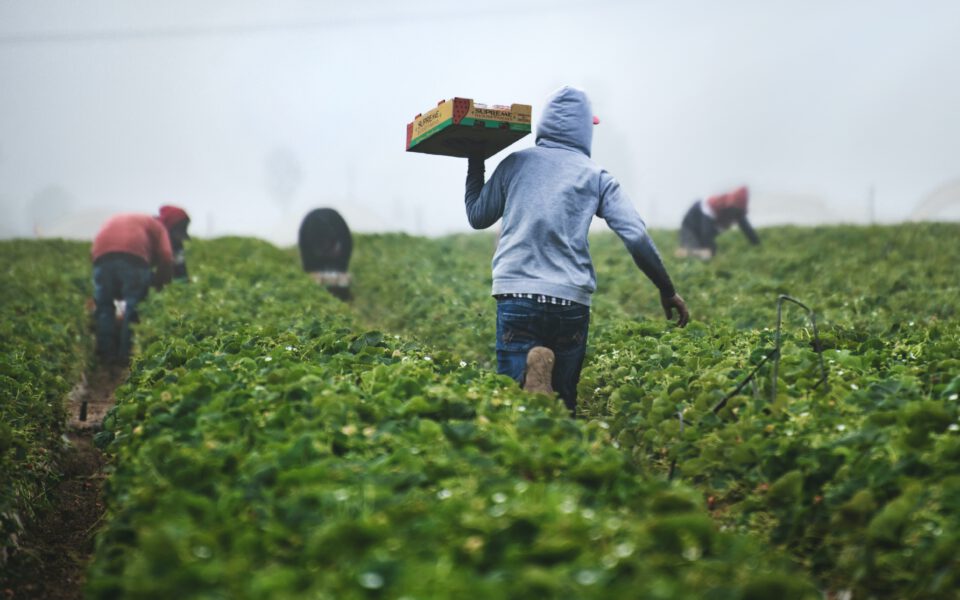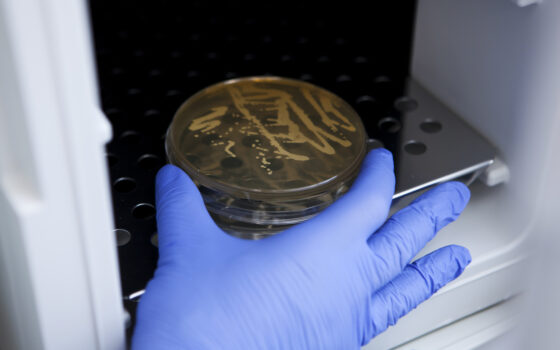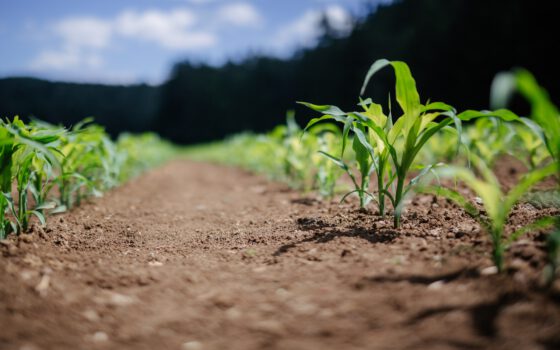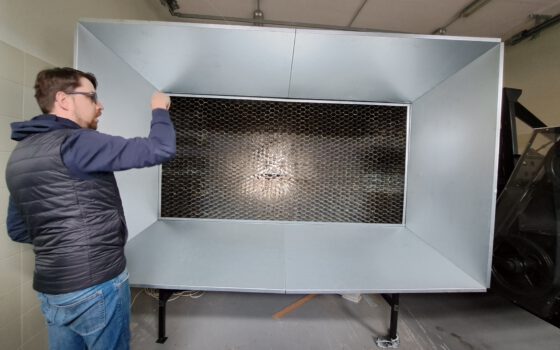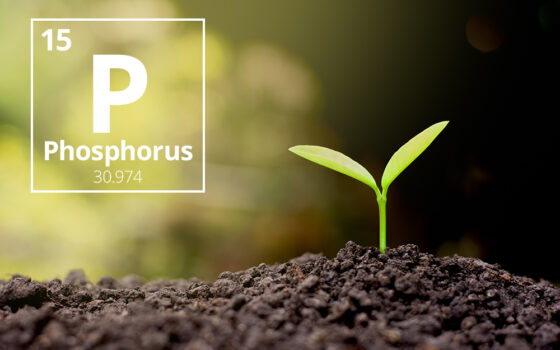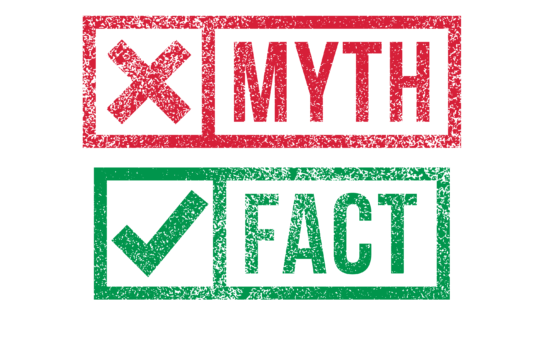The recent spike in fertilizer prices sent shockwaves through the agricultural world, leaving farmers grappling with financial strain and uncertainty. While it is a relief that prices have now fallen back to previous levels, the experience has shown the vulnerability of the industry to external factors. Fertilizer costs, once considered stable, are no longer a secure bet. Of all the regions, Africa to this day remains severely affected due to the prices still lingering significantly above the previous levels.
As Nando is expanding across Africa, solving this particular issue has been of the top importance. In this article we present our most recent trials from the 2022-2023 Winter season in Africa (2 in Nigeria and 1 in Zimbabwe) where our microbial biostimulants were used as a means to reduce the fertilization costs without compromising the harvest yields.
Nigeria trials
In collaboration with Usmanu Dan Fodiyo University in Sokoto, Nigeria, 2 trials were conducted: wheat and onion. In both trials the treatments were identical:
- Control (no fertilizer applied)
- Nando’s product only
- Fertilizer only
- Fertilizer (reduced by 25%) and Nando’s product
The fertilizer used was a standard 16-16-16 NPK at a rate of 400 kg/ha, which was reduced to 300 kg/ha when in combination with Nando’s product BioNPK Powder S.

Wheat after 30-37 days, from left to right: Control, Nando only, NPK only, Reduced NPK by 25% + Nando

Onions after 30-37 days, from left to right: Control, Nando only, NPK only, Reduced NPK by 25% + Nando
The intermediate results already showed clear distinctions between each treatment. Significant differences were observed in the number of productive and defective tillers, later – in ear productivity. Once the final results were gathered, they showcased significant differences between regular fertilization and reduced fertilization + Nando’s product. Wheat grain yield per hectare was highest in the treatment with a combination of NPK fertilizer and Nando’s product. The same can be said about fresh and cured yield of onions.

Once the final results were gathered, they showcased significant differences between regular fertilization and reduced fertilization + Nando’s product. Both wheat and onion harvest yield was increased by an astonishing 31 and 27% respectively.
When calculating the economical impact, the approximately 100 USD per hectare savings on fertilization have to be noted as well. The reduced amount of mineral fertilizer inputs was compensated by the ability of microorganisms to improve the fertilizer use efficiency. Therefore lower input of mineral fertilizers was supplemented with soil microorganisms which improved plant uptake of essential nutrients maintaining the plant growth and yield comparative to the use of conventional rates of fertilizers.
Zimbabwe trials
An additional trial was conducted in Zimbabwe near Harare (Green Acres, Aspindale) – with wheat as well. The treatments consisted of control and 3 technology treatments featuring different Nando products and reduction in fertilization:
- Control (regular fertilization)
- Reduced fertilization (NPK by 50%) + BioStart
- Reduced fertilization (NPK by 50%) + BioNPK Powder S
- Reduced fertilization (NPK by 50%) + BioSpektrum
The fertilization consisted of basal fertilization 10-20-10 NPK (400 kg/ha in control and 200 kg/ha in all 3 technology treatments) and ammonium nitrate (500 kg/ha in all treatments) for top dressing.

Quite similar to the results in Nigeria, Nando’s products showcased a significant increase in harvest yield – average of 9.27%, while also reducing the fertilization costs by approximately 200 USD per hectare.
